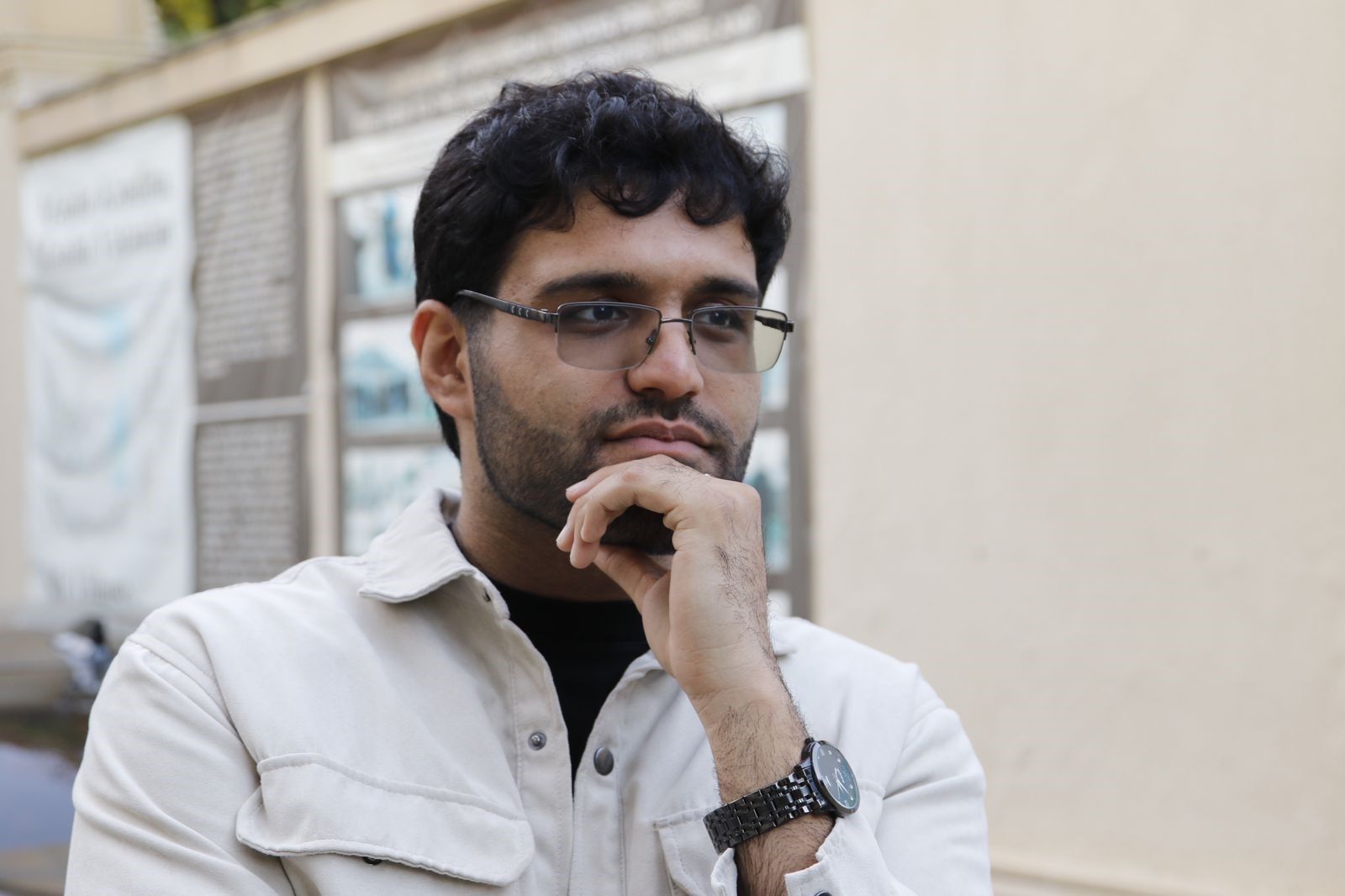Armenian PM wagers Zangazur Corridor through missteps at CIS meeting

The latest summit of the CIS in Moscow once again revealed the evolving dynamics between Armenia and Russia. Contrary to expectations of a widening rift, the meeting between Russian President Vladimir Putin and Armenian Prime Minister Nikol Pashinyan underscored a complex but enduring relationship. While economic ties are often highlighted, with bilateral trade turnover between the two countries reaching $8.3 billion in the first half of 2024—2.5 times higher than the same period last year—this summit pointed to more pressing geopolitical concerns, specifically the future of Armenia’s borders and the Zangazur Corridor.
One of the critical topics during the summit was the Zangazur Corridor, a pivotal regional infrastructure project connecting Azerbaijan with its exclave, Nakhchivan. Russian spokesman Dmitry Peskov had confirmed the corridor would be discussed, and the significance of this project cannot be overstated. Yet, Armenia continues to hinder progress on this front, despite the November 10, 2020, Tripartite Agreement that specified Armenia must open transport connections between western Azerbaijan and Nakhchivan. This obstructionism not only jeopardises regional stability but also raises serious concerns about Armenia's true strategic intentions.

Adding to the complexity is the future of Armenia's border protection. As of January 1, 2025, Armenian and Russian border guards will jointly control the Armenian-Iranian and Armenian-Turkish state borders, but notably, the Armenian-Iranian checkpoint will be fully managed by Armenia’s National Security Service. This adjustment hints at Yerevan’s increasing inclination to limit Russian influence over its borders, a move that could be seen as paving the way for foreign (non-Russian) actors, potentially from the West, to fill the vacuum.
Pashinyan’s so-called “Crossroads of Peace” project—a nonsense plan he boldly proposed earlier—appears increasingly far-fetched as his policies push Armenia closer to geopolitical turbulence. His earlier statements about potentially entrusting Zangazur’s security to foreign private security forces exemplify the increasingly erratic direction of Armenia’s foreign policy. Similarly, Armenia’s readiness to open its territory for pipelines and transport links, while a positive gesture on paper, is tainted by its continual delays and evasive tactics regarding the Zangazur Corridor.

One cannot ignore the irony in Armenia’s diplomatic pivot. Even as Pashinyan plays up his country’s pro-Western orientation, Russia remains the most substantial investor in Armenia. This tug-of-war between aligning with the West and maintaining Russian economic and military support places Armenia in an unsafe position. By inviting a European Union Civilian Observation Mission to monitor the Armenia-Azerbaijan border—a move perceived as antagonistic by both Moscow and Baku—Pashinyan further complicates his country’s strategic calculus. The EU mission, initially presented as a small and temporary deployment, has now grown to over 200 personnel, casting doubt on Yerevan’s intentions. Armenia’s actions—such as freezing its activities in the CSTO and engaging with Western powers—signal a departure from traditional alliances, including its strategic partnership with Russia.
From Russia’s perspective, Pashinyan's visit to Moscow clearly indicates a deepening involvement where Moscow must balance its interests in maintaining influence over Armenia while also ensuring regional stability. However, as Russian border guards gradually withdraw from Armenia, the pressing question is who will step in to fill this security gap. The potential for foreign forces, possibly from the West, to take over Armenia's borders would signify a significant shift in the region’s geopolitical landscape and has the potential to escalate tensions, particularly with Iran.

Though for Azerbaijan, the Zangazur Corridor remains a legitimate right under international law, crucial for connecting its mainland to Nakhchivan. While Baku seeks a peaceful resolution, Armenia’s refusal to comply with previous agreements and its pivot towards the West only increase the risk of further regional destabilisation. Thus the larger question looming over Pashinyan’s Moscow visit is whether Armenia’s ongoing blockade of the Zangezur Corridor—combined with its inconsistent foreign policy—will push the region towards further instability. Although, as I mentioned, Azerbaijan remains committed to resolving the corridor issue peacefully, it will not tolerate indefinite delays. As international law dictates, Nakhchivan is part of Azerbaijan’s internationally recognised borders, and ensuring unimpeded access to it is a legitimate and essential goal.
Pashinyan’s manoeuvring in Moscow does little to assure Armenia’s neighbours of its true intentions. Instead, it raises concerns that Yerevan, through its contradictory and obstructionist policies, is sowing the seeds of future conflict. The question remains: will Pashinyan’s Armenia continue to gamble its regional position in favour of Western patrons, or will it find a way to reconcile with the realities of its geopolitical neighbourhood before it’s too late?
---
Akbar Novruz is AzerNews’ staff journalist, follow him on Twitter: @ykwiua
Follow us on Twitter @AzerNewsAz
Here we are to serve you with news right now. It does not cost much, but worth your attention.
Choose to support open, independent, quality journalism and subscribe on a monthly basis.
By subscribing to our online newspaper, you can have full digital access to all news, analysis, and much more.
You can also follow AzerNEWS on Twitter @AzerNewsAz or Facebook @AzerNewsNewspaper
Thank you!

